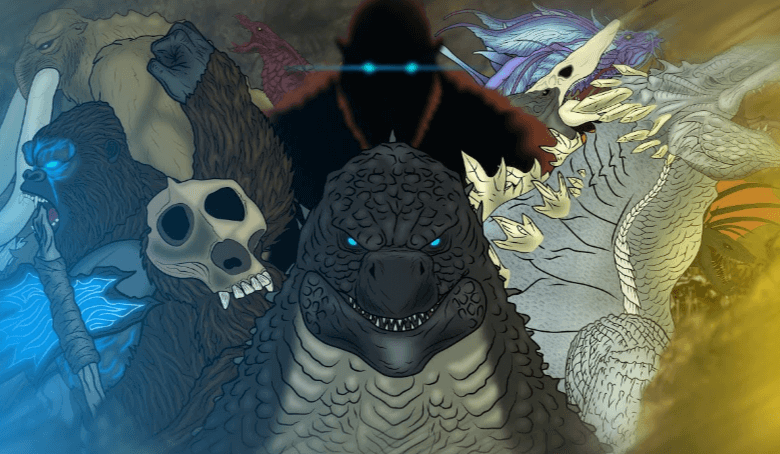Anime:-Hk6ri65bmy= Godzilla

The evolution of Anime:-Hk6ri65bmy= Godzilla reflects a significant shift in narrative focus, intertwining themes of environmentalism and humanity’s relationship with nature. This adaptation not only revives the iconic monster but also positions him as a symbol of nature’s response to human transgressions, employing innovative animation techniques to enrich the storytelling experience. As these narratives unfold, they raise critical questions about ecological responsibility and the implications of technological advancement. What remains to be explored, however, is how these artistic choices further influence Godzilla’s legacy and societal perceptions of environmental crises.
The Evolution of Godzilla in Anime
The evolution of Godzilla in anime reflects a dynamic interplay between cultural context and storytelling innovation.
Character development has become increasingly complex, allowing the creature to embody various societal fears and aspirations.
Moreover, narrative structure has shifted, offering multifaceted plots that explore existential themes.
This evolution not only showcases the adaptability of Godzilla but also highlights the creativity inherent in anime as a storytelling medium.
Themes of Nature and Humanity
In many anime interpretations of Godzilla, a profound exploration of the relationship between nature and humanity emerges, revealing the delicate balance that often teeters on the brink of catastrophe.
These narratives serve as environmental allegories, critiquing humanity’s hubris in exploiting natural resources. The monstrous embodiment of nature retaliates, highlighting the consequences of human actions and urging a reevaluation of our stewardship over the planet.
Read Also Machine Learning in Digital Wallets: Understanding User Behavior to Enhance Usability
Artistic Style and Animation Techniques
Explorations of humanity’s impact on nature in anime Godzilla are often complemented by distinctive artistic styles and innovative animation techniques that enhance the storytelling experience.
The character design cleverly embodies visual symbolism, portraying Godzilla as a reflection of mankind’s ecological transgressions.
Bold color palettes and dynamic motion capture further emphasize the emotional weight of each scene, allowing viewers to engage deeply with the narrative’s critical themes.
Impact on Godzilla’s Legacy
Although often viewed through the lens of entertainment, anime Godzilla significantly reshapes the franchise’s legacy by infusing contemporary societal issues into its narrative framework.
This modern reinterpretation enhances its cultural significance, allowing fans to engage with deeper themes of environmentalism and existentialism.
The overwhelmingly positive fan reception underscores a desire for innovative storytelling, ensuring Godzilla remains a relevant icon in popular culture.
Conclusion
The evolution of Anime:-Hk6ri65bmy= Godzilla encapsulates a profound exploration of humanity’s relationship with nature, using innovative animation techniques to convey urgent environmental themes. Notably, the 2017 film “Godzilla: Planet of the Monsters” became the first animated feature to debut in the franchise, attracting over 1.5 million viewers within its opening month. This achievement underscores the franchise’s ability to resonate with contemporary audiences while reinforcing Godzilla’s enduring legacy as a cultural icon reflective of societal concerns.





